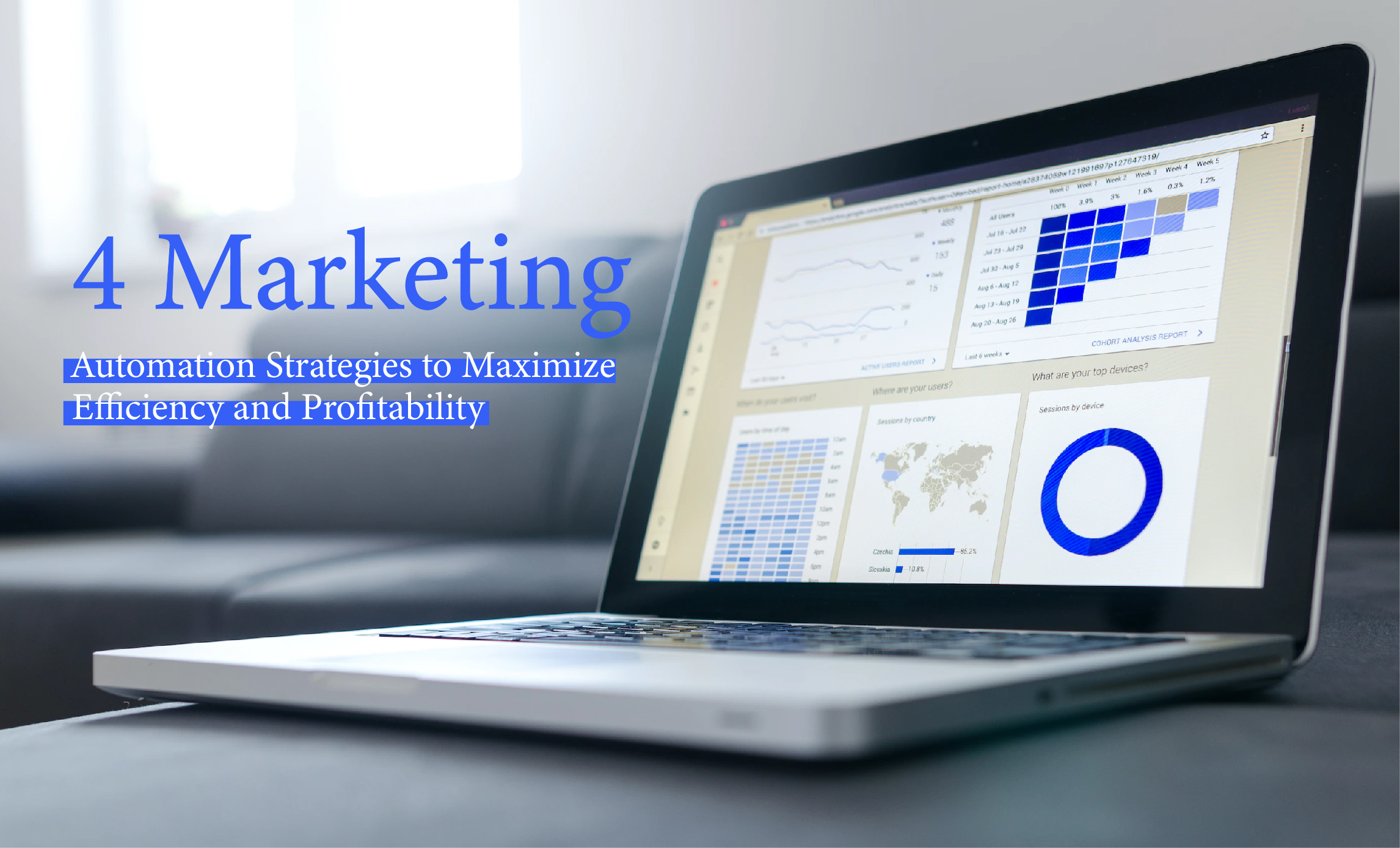Amid economic uncertainty and technological disruption, the digital marketing industry is having an identity crisis. The tactics that marketers have relied on for years — decades, in some cases — are showing signs of age. Yet that’s creating new opportunities for ambitious, forward-thinking brands to do things differently (and better) than before.
They have a growing arsenal of marketing automation strategies and tools to work with. Even as debate swirls over whether large language models like ChatGPT will create or destroy jobs, there’s no question artificial intelligence, machine learning, and deep learning are influencing every digital marketing vertical — from email marketing to PPC campaigns to affiliate funnels and beyond.
Let’s look at four marketing automation strategies to lean into in 2023.
1. PPC Marketing Automation
Pay-per-click marketers have been comfortable with PPC automation for years. But a new generation of exciting tools is helping PPC marketers unlock new capabilities, run more responsive campaigns, and ultimately do more with less.
For example, Optmyzr’s Campaign Automator tool ties PPC campaigns to real-time inventories, which allows brands to serve more relevant ads and ensure a better user experience on every conversion. Tools like this can automatically update ad placements and copy when inventories change, reducing the risk of suggesting a product that the prospect can’t buy. When marketers find ways to reduce wasted ad spend through PPC automation methods, this also helps boost marketing ROI.
2. Email Campaign Automation
Email marketing is another niche where automation has long played a critical role and where the pace of automation has dramatically improved in recent years. It’s now possible to automate virtually every aspect of the email marketing funnel. Some examples include:
- Sign-ups and permissions: Use automated website pop-ups and cursor trackers to capture users before they exit your site.
- Autoresponder emails: Send reminder emails to users who have signed up.
- Lead nurturing: Implement automated follow-up emails based on user actions in the sales funnel or at scheduled intervals to prevent lead attrition.
- Automated list sanitizers: Remove inactive email addresses and users who haven’t taken any action within a specified time frame.
As in other marketing disciplines, the most important thing brands can do is simply get started. For example, paper bag manufacturer QIS Packaging achieved a 13 percent sales conversion rate and boosted email ROI by 830 percent after launching and automating targeted email campaigns. The company followed a playbook, and it worked.
3. Personalized Content Creation
Personalized content creation is one of the most promising marketing automation opportunities in 2023 and beyond. Increasingly powerful, accurate, and creative large language models (LLMs) like OpenAI’s ChatGPT are already reducing the labor inputs required to create compelling marketing copy.
When I’ve tested some of these tools, I’ve noticed they’re especially impressive for short, grabby copy-like headlines, CTAs, and social media marketing in general. They’ll likely rival human copywriters for longer applications in the near future.
ChatGPT and other LLMs can do a lot more than write marketing copy too. Marketers can use them to develop new or improved content strategies, develop buyer personas, and outline longer thought leadership pieces used in content marketing.
4. Automated Customer Segmentation
ChatGPT alone can’t segment target audiences with the specificity that most marketers demand. But tools like Segment (now part of the Twilio portfolio) certainly can. Segment collects, segments, and sanitizes customer data from across the brand ecosystem, including mobile and web apps.
Segmenting tools are far more efficient (and often more accurate) than human-driven processes or ad hoc automations stitched together with tools not built for the purpose. They’re also useful in industries where many transactions still take place offline, like apparel and food service.
More to Come?
Marketing automation has been with us since long before smart chatbots and LLMs began shaking up the more creative parts of the industry. But if we zoom out and look at the big picture, it’s clear that marketing automation has plenty of room for improvement. It’s still early days, and we’re certain to see new and improved strategies to complement the more established ones.
To succeed in this uncertain, ever-changing environment, marketers and brands need to keep up with changing technology. And they need to be bold in embracing promising strategies — while taking care not to get caught up in dead-end hype cycles that ultimately go nowhere.
The following Joel Comm from 2023 provides their research perspective. HERE



